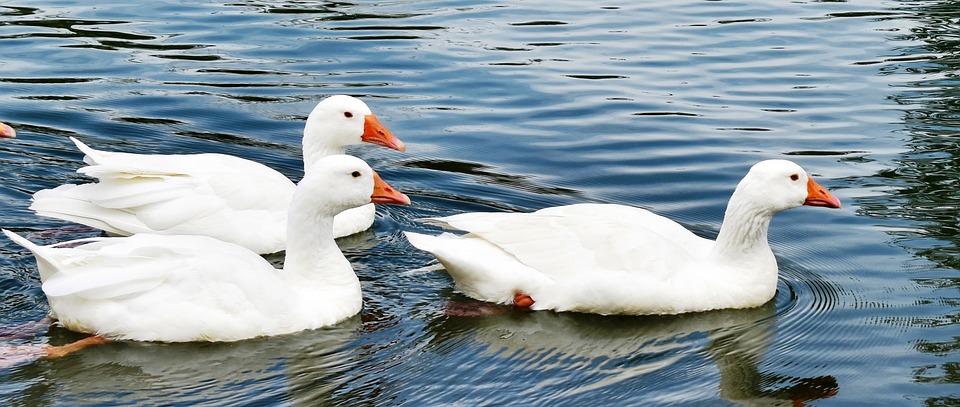Fish tanks are not just beautiful decorations; they are also home to a diverse range of aquatic creatures. To ensure the well-being and longevity of your fish, it is essential to understand their dietary preferences. Providing a balanced and appropriate diet is crucial for their growth, overall health, and vibrant colors. In this comprehensive study, we delve into the fascinating world of fish food preferences, exploring their natural diets, commercial options, and tips for optimal nutrition.
I. Unveiling the Natural Diets of Fish
1. Herbivores: Embracing a Plant-Based Lifestyle
– Herbivorous fish primarily feed on plants, algae, and other plant matter.
– Understanding the specific plant preferences of herbivorous fish is crucial for their nutritional needs.
2. Carnivores: Unleashing the Hunter within
– Carnivorous fish thrive on a diet of meat-based foods, such as insects, worms, and smaller fish.
– Providing adequate protein and essential nutrients is key for the health of carnivorous fish.
3. Omnivores: The Best of Both Worlds
– Omnivorous fish have a varied diet, consuming both plant-based and meat-based foods.
– Balancing their nutritional intake is essential to meet their diverse dietary needs.
II. Commercial Fish Food Options: Decoding the Labels
1. Flake Food: Convenience and Variety in a Thin Package
– Flake food is a popular option for many fish species, offering convenience and a wide range of ingredients.
– Understanding the nutritional content and ingredients in flake food is important for selecting the right option for your fish.
2. Pellet Food: A Nutrient-Dense Option
– Pellet food provides a concentrated source of nutrients, making it a suitable choice for fish with specific dietary requirements.
– Different pellet sizes are available to accommodate various fish species and their feeding habits.
3. Freeze-Dried and Frozen Foods: Preserving Nutritional Value
– Freeze-dried and frozen foods offer a more natural and nutrient-rich alternative to processed fish food.
– These options can mimic the natural diets of fish and provide added stimulation during feeding.
4. Live Foods: A Natural and Stimulating Alternative
– Live foods, such as brine shrimp and daphnia, can provide a more natural feeding experience for fish.
– They offer live prey that fish can hunt and consume, promoting their natural instincts.
III. Fish Food Tips and Best Practices
1. Variety is Key: Rotating Diets for Optimal Health
– Offering a variety of foods ensures that fish receive a well-rounded diet and access to different nutrients.
– Rotating between different commercial options and supplementing with live or frozen foods can enhance fish health.
2. Quantity Matters: Portion Control for a Balanced Diet
– Overfeeding can lead to health problems and water quality issues in the tank.
– Understanding the appropriate portion sizes for your fish species is crucial for maintaining their health.
3. Avoid Overfeeding: The Dangers of Excess Food
– Overfeeding can cause obesity, digestive issues, and an accumulation of waste in the tank.
– Monitoring the amount of food consumed by your fish and removing any uneaten food is essential.
4. Time it Right: Feeding Schedules for Healthy Fish
– Establishing a regular feeding schedule helps maintain a healthy routine for your fish.
– Feeding fish at consistent times each day allows them to develop a predictable feeding behavior.
IV. Frequently Asked Questions (FAQs)
1. How often should I feed my fish?
2. What is the appropriate portion size for my fish?
3. Can I feed my fish human food leftovers?
4. How do I know if my fish is not liking its food?
5. Is it necessary to provide a varied diet for my fish?
6. Can I rely solely on commercial fish food or should I supplement with live or frozen options?
7. Are there any specific dietary requirements for certain fish species?
8. Can I feed my fish vegetables or fruits?
9. How can I prevent my fish from overeating?
10. What are the signs of malnutrition or deficiencies in fish?
Conclusion
Understanding and catering to the food preferences of fish in your tank is vital for their well-being. By providing a balanced and appropriate diet, you can ensure their optimal growth, vibrant colors, and overall health. Remember to consider the natural diets of your fish, explore various commercial food options, and follow best practices for feeding. By doing so, you will create a thriving ecosystem within your fish tank and enjoy the beauty of your aquatic companions for years to come.









